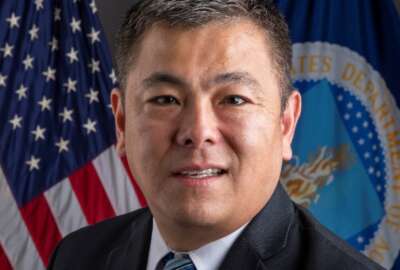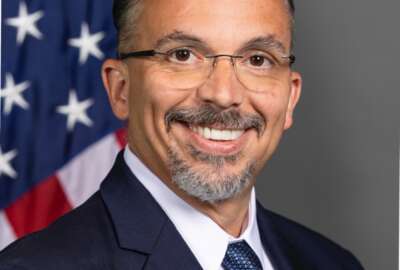For our May 24 show, I interviewed the Press Secretary for the Federal Emergency Management Agency, Jeremy Edwards, and FEMA talent acquisition specialist Leemar Thorpe.
With the increasing frequency and intensity of both natural and human caused disasters over the past several years, it seems like FEMA is in the news every week responding to wildfires, hurricanes, tornadoes and a myriad of other events. However, like almost every federal agency I have interviewed, it turns out that while coordinating the federal government’s direct response to disasters that overwhelm local capabilities is at the core of their mission, FEMA does more than most folks realize.
With more than 20,000 employees distributed across the country via ten regional offices, the agency not only responds directly at the time of disasters, but plays a major role in helping individuals and communities plan for and mitigate the impact of potential disasters. That portion of their business has become increasingly critical as the COVID accelerated transition to remote work has resulted in a massive migration of people from more populated cities and suburbs to more hazard prone (and less prepared/capable) rural parts of the country. Wildfires that once only threatened empty land or a handful of residents who had grown up understanding how to recognize, mitigate and react to wildfires now frequently threaten new or newly expanded housing developments with thousands of residents who were not raised in an environment in which those types of skills were necessary or taught. The same goes for areas prone to tornadoes, hurricanes and other natural and human-caused events.
FEMA has reacted by greatly expanding their efforts to inform and educate people in these areas how to remain aware and prepared, take proactive steps to mitigate their danger and losses should an event occur, and how to react when one does. The increased frequency and geographic dispersion of these events has also forced FEMA to expand these efforts beyond areas we traditionally think of as hazard-prone. With wildfires now impacting the mid-Atlantic, tornadoes frequently touching ground well outside of “tornado alley” and “freak storms” with more snow or flooding than local governments are able to manage becoming the norm across the country, FEMA is helping people in literally every part of the country.
Providing significantly more assistance on a much more frequent basis without any significant increase in headcount has driven FEMA to both leverage technology and continuously evolve its workforce to meet the growing challenge. This has created incredible opportunities for both full time work within the agency and part time effort as a FEMA reservist. The latter provides an incredible way for people to help their communities in a fashion very similar to the National Guard.
To learn more about the amazing work being done at FEMA, please listen to my interview with Jeremy and Leemar available as a podcast on Federal News Network or wherever you get your podcasts.
Copyright
© 2024 Federal News Network. All rights reserved. This website is not intended for users located within the European Economic Area.





